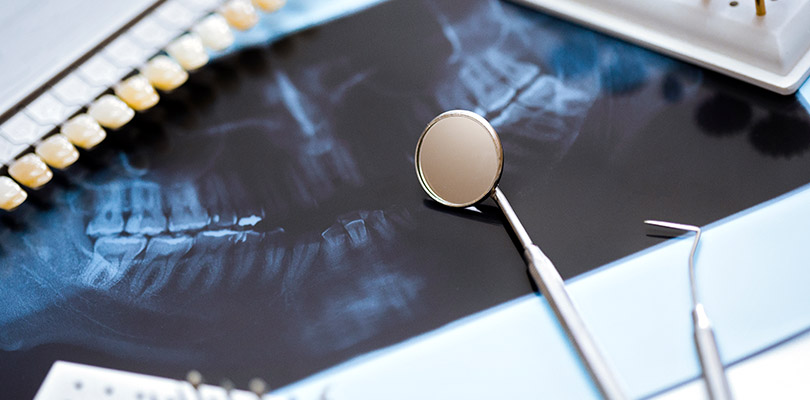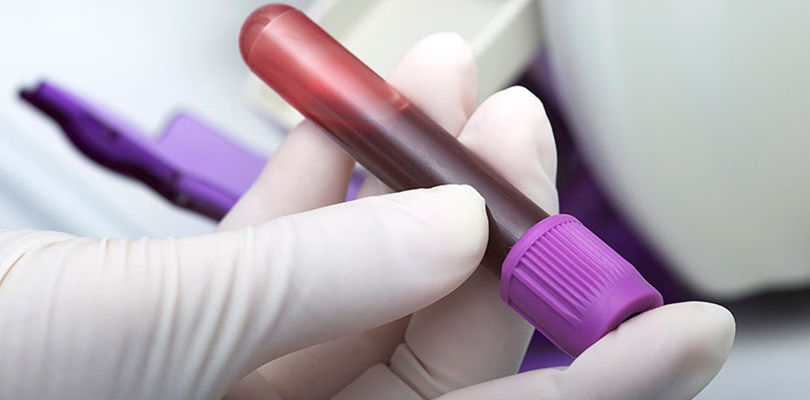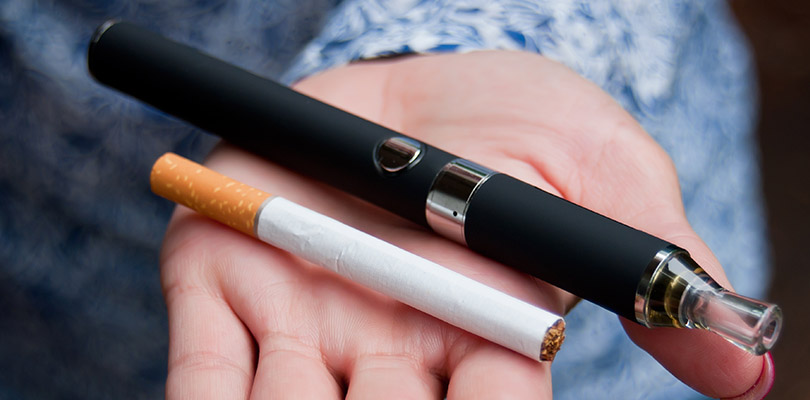What Is Periodontitis?
Periodontitis is a serious dental issue that can cause teeth to become loose and eventually fall out. This disease is an infection of the gums and surrounding tissue.
Periodontitis can damage the soft tissues that surround your teeth, and deteriorate the bone that holds your teeth in place. This damage can undermine the structure that supports and holds teeth in place.
Fortunately, periodontitis is preventable and treatable when caught early. Merely maintaining good oral hygiene can help you avoid the infection. This means brushing twice a day, flossing and regularly visiting your dentist.
Causes of Periodontitis
Plaque is generally responsible for infections of the gums and for causing periodontitis. Plaque is a sticky residue that is left by the bacteria that can build up in your mouth. It can harbor additional bacteria, and eventually create an infection or weak points in your gums and teeth.
Plaque that is not cleared from the teeth will eventually become hardened and cemented to your teeth is called tartar. While plaque can be removed by proper brushing and flossing, tartar must be removed by your dentist or dental hygienist.
Plaque gets onto your teeth when the foods we eat and drink sit on the teeth. These environments can harbor harmful bacteria. Plaque quickly forms but is also easy to remove. Regular brushing and flossing can clear plaque from your teeth, but because of plaque forms quickly, it is essential to keep good oral hygiene practices daily.
Once the plaque becomes tartar, it becomes more difficult to remove. Unfortunately, this tartar is also full of bacteria. This makes it important to visit your dentist regularly so you can clear all of the bacteria from your mouth and heal any minor infections.
Once an infection does take hold in the mouth, it is usually called gingivitis. Gingivitis is the least severe forms of periodontal disease, but without proper treatment, it can quickly progress. Gingivitis can often be treated at home, although professional help may also be beneficial.
Untreated gingivitis can eventually become periodontitis. Gingivitis is a deep infection of the gums that can cause severe tissue and bone damage or loss. These issues can cause your teeth to become loose or even fall out.
Symptoms of Periodontitis
If you are trying to diagnose unhealthy gums, it helps if you know what good gums look like. Healthy gums are pink in color, firm and fit snugly around the teeth. Gums that are unhealthy may appear:
- Bright red and irritated gums
- Swollen or puffy gums
- Gums that are sensitive when touched
- Gums that bleed every time you brush or floss
- Receding or pocketed gums
- Bad breath
- Pus coming from the gums
- Shifting in the orientation of your teeth
- A painful sensation when you bite down
- Change in how your teeth align
Diagnosis is often difficult due to a wide range of symptoms. Here are some early symptoms of Lupus to be aware of.
Diagnosing Periodontitis
Dentists who examine patients for periodontitis will often consider several different factors.
The first happens before you even sit in the chair. Your dentist will review your medical and family history to see if there are specific risk factors that could increase the likelihood that you are susceptible to periodontitis.
Certain medications can increase your chances of contracting periodontitis. Smoking is one of the single most detrimental factors for your oral health and is also linked to the increased presence of periodontitis.
During your regular dental appointment, your dentist will examine your teeth and gums to see if there are any signs of infection or disease in the teeth and gums. Also, your dentist will look at the height of your gums, look for any pockets between the gums and teeth, and remove plaque and tartar buildup.
To check the underlying bone, your dentist may also take x-rays. This helps to check the bone that is under the gums and make sure that the internal portions of the teeth are healthy.
Periodontitis Treatment
Treatment options will generally range with the severity of the infection. Typically, a deep cleaning is prescribed to remove all of the buildups and help allow the gums to heal and reattach to the teeth naturally. Dentists may also prescribe an antibiotic to ensure that all of the bacteria are eliminated, so the gums have the best chance of healing.
There are surgical options when needed, and these typically require attempting to heal the gums through soft tissue grafts or heal the underlying bone with bone grafts or other therapies. However, these procedures can vary widely depending on a patient’s need.
Periodontitis Prevention
Fortunately, periodontitis can generally be avoided through proper oral hygiene. It is important to brush your teeth twice a day for two minutes using a soft-bristled toothbrush. Also, flossing once a day to help clear buildup in the interdental spaces also helps.
Finally, make sure to schedule an appointment with your dentist twice a year. This helps to make sure that the mouth gets freed from bacteria and allows your dentist to spot any problems when they are small and more likely to be easily treated.
Overview
Periodontitis is a common infection of the gums. While most cases are mild and can be easily treated, untreated periodontitis can lead to severe consequences.
Making sure to maintain proper oral health and visit your dentist regularly gives you the best chance of a simple solution and a healthy mouth.







